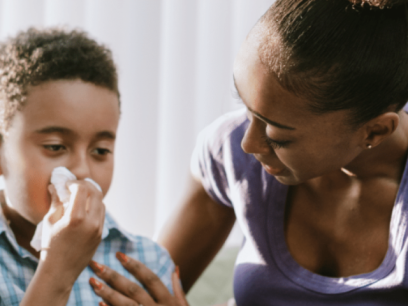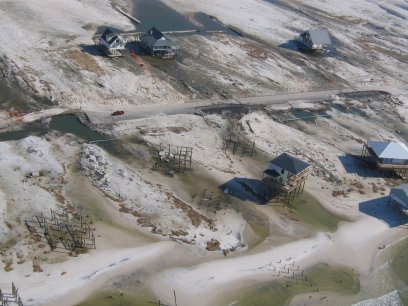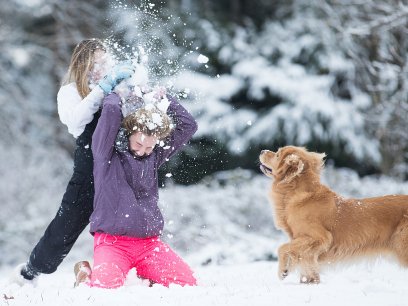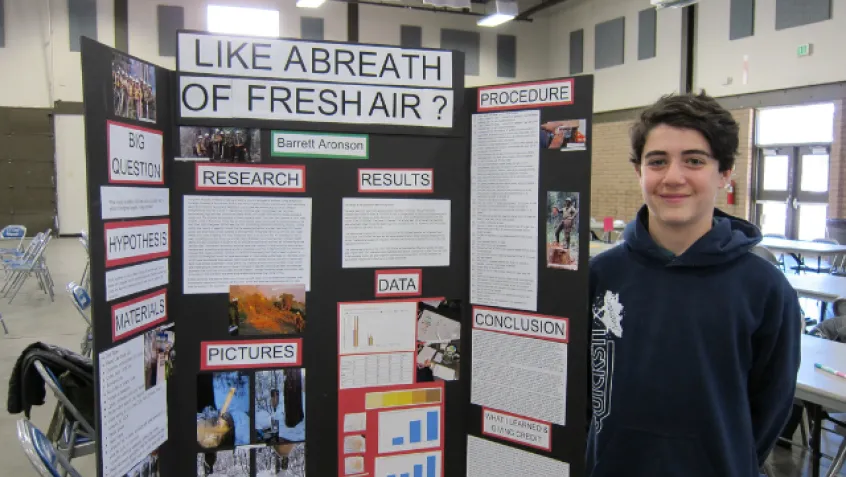
Teenagers in Durango, Colorado, discuss hydrophobic soil with the ease that they discuss reality TV or Minecraft. Understanding that a fire can burn so hot that it can cause soil to repel rather than absorb water helps make sense of the mudslides that occurred around the city after the massive 416 wildfire in 2018 that burned an estimated 54,000 acres of the San Juan National Forest just north of the city.
“The fire touched everyone,” said Marcie Bidwell, executive director at Mountain Studies Institute (MSI). “While it was burning every day, you couldn’t see across the street in the morning…The roads were closed off and on for four weeks. Some businesses closed because of the financial stress of the fire…it was a hit they couldn’t recover from.”
Drier, hotter summers and a long history of fire suppression and grazing in the forests are making wildfires and subsequent mudslides more common in Southwest Colorado. After the 416 Fire burned, mudslides resulting from summer rains barreled down the hills, dumping debris into the Hermosa Creek and Animas River, killing aquatic life and impacting water quality. With support from a NEEF and Toyota Restoration and Resilience grant, MSI teamed up with Purgatory Resort to turn this destructive environmental event into a tool to help students better understand science, ecology, and ways to mitigate future disasters.
The San Juan Resilience Youth Summit on April 18, 2019, was the culmination of the educational outreach MSI had been conducting with local schools throughout the year. The first of what MSI hopes will become a yearly event, brought together a crowd of more than 130 area middle and high school students to present the results of the citizen science projects and related investigations students conducted in the field with MSI guidance during the year.
“The whole summit was based around resilience in the face of wildfire,” said Jeremy May, MSI education coordinator. “This theme shaped what topics we studied and what the field trips looked like.”
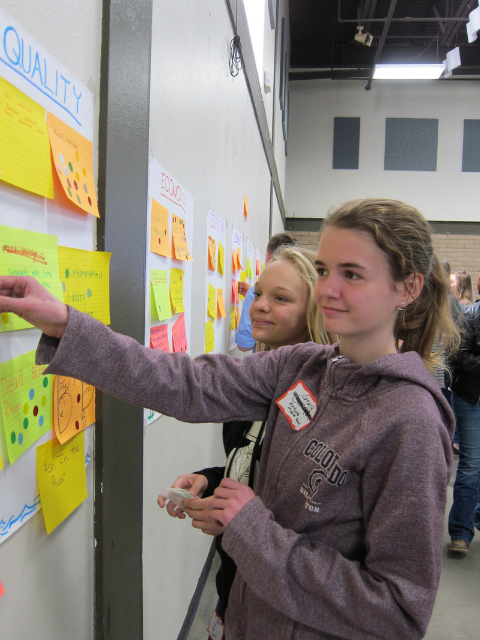
Discoveries in the Backyard
MSI worked with local schools to organize outings where students conducted soil tests in the burn scar and sampled water from Hermosa Creek and the Animas River to understand how wildfires impact on humans, animals, plants, and water quality. Students supplemented their field work with online research and personal interviews with local professionals. The students then compiled their work into group projects to be presented at the Resilience Summit to illustrate the science behind the fire as well as how it affected the health, ecosystem, and economy of their local community. Along with data collection, the projects gave students a deeper understanding of wildfire ecology and the connection between forests and watershed health.
“I've been fishing my whole life. I've always looked at different bugs and stuff, but I didn't really know about benthic macroinvertebrates,” said Chase Bronson, a Durango High School student whose group presented on how the presence or absence of certain taxa of benthic macroinvertebrates is a water quality indicator. “I was blown away with what I learned from this project.”
In concurrent sessions, groups of 3-5 students powered up their PowerPoint slide decks, put on their public speaking caps, and presented to groups of at least 20 people about topics ranging from the impacts of wildfires on air quality to the best native grasses to plant in post-fire soil.
A Dose of Adventure: The Wildland Firefighter
The Summit also gave students the chance to interact with local professionals who worked directly with the fire and its aftermath. Lorena Williams, US Forest Service wildland firefighter, and Jim White, Colorado Parks and Wildlife Aquatic Biologist, gave presentations on their work and how it intersected with the 416 Fire. Williams wowed the audience with stories of dropping out of helicopters near raging fires, the physical preparation and mental dedication a firefighting career demands, as well as the camaraderie with her team and satisfaction of saving people, property, and public lands. The words “awesome” and “hardcore” peppered the student comments throughout the presentation.
Bringing the Outside Experience, Inside
Throughout the Summit, student conversation revolved around personal experience with the fire, impact on the ecosystem and local watershed, as well as potential career paths.
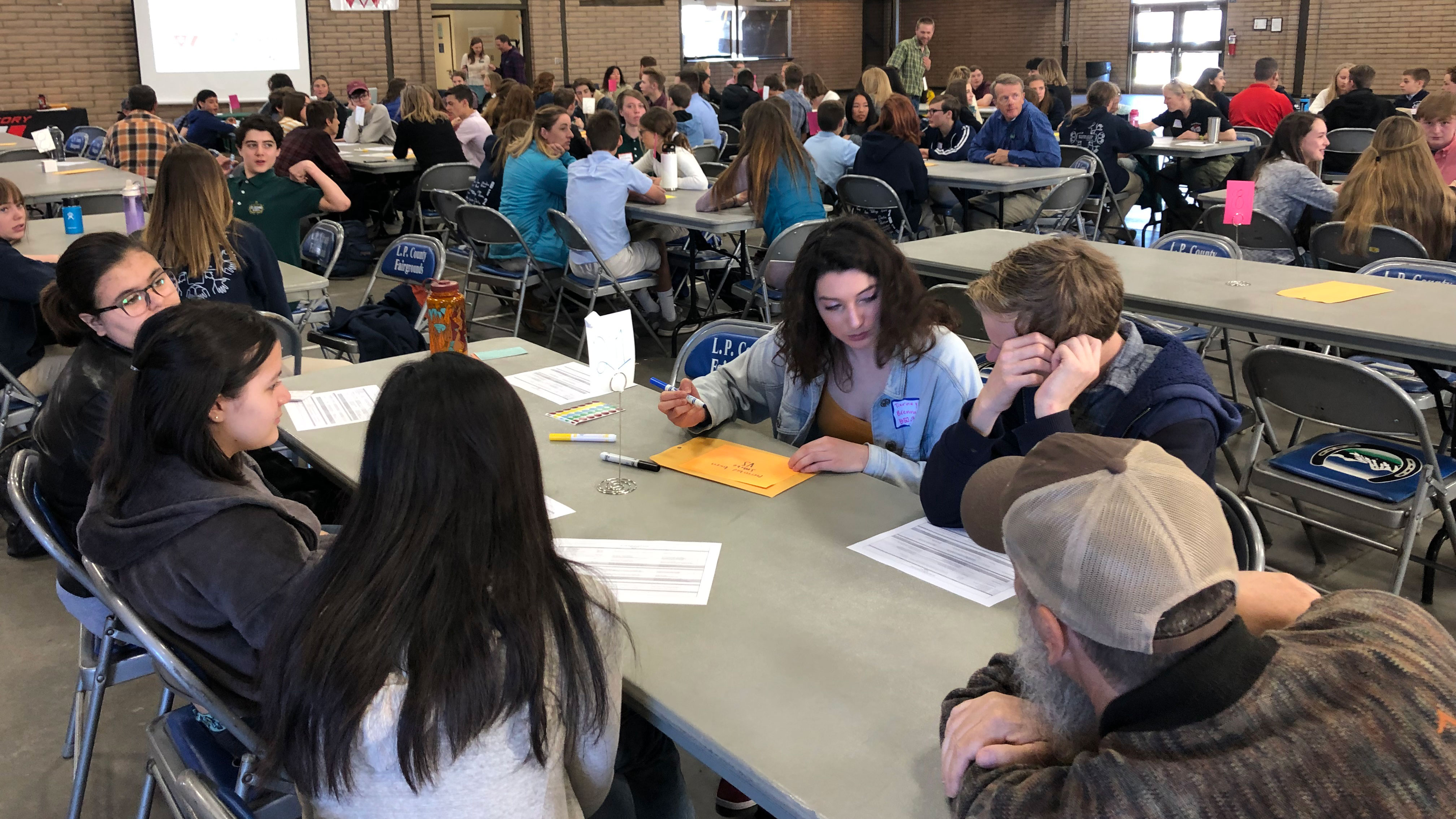
“I really liked the hands-on projects and looking at real-world situations," said Jessica Fiala, a Senior at Durango High School. “I've been wanting to go into a STEM field since I was in sixth grade. This is helping me narrow down where I actually want to go.”
Other students saw the opportunity for entrepreneurship. Middle school student Barrett Aronson’s project of an improved breathing mask was inspired by his firefighter father. “It’s hard to breathe using regular filters,” said Aronson. “And they don’t fit around the guy’s beards.”
The Summit was part of the community outreach portion of the Restoration and Resilience grant project and, according to Amanda Kuenzi, MSI Community Science Director, it helped MSI take their work to another level.
“We have these one-off field trips with these teachers, and we were lacking a way to make it meaningful,” she said. “So being able to hold this summit helped us to bring the experiences together and add depth, which will give the knowledge legs and carry it forward.”
